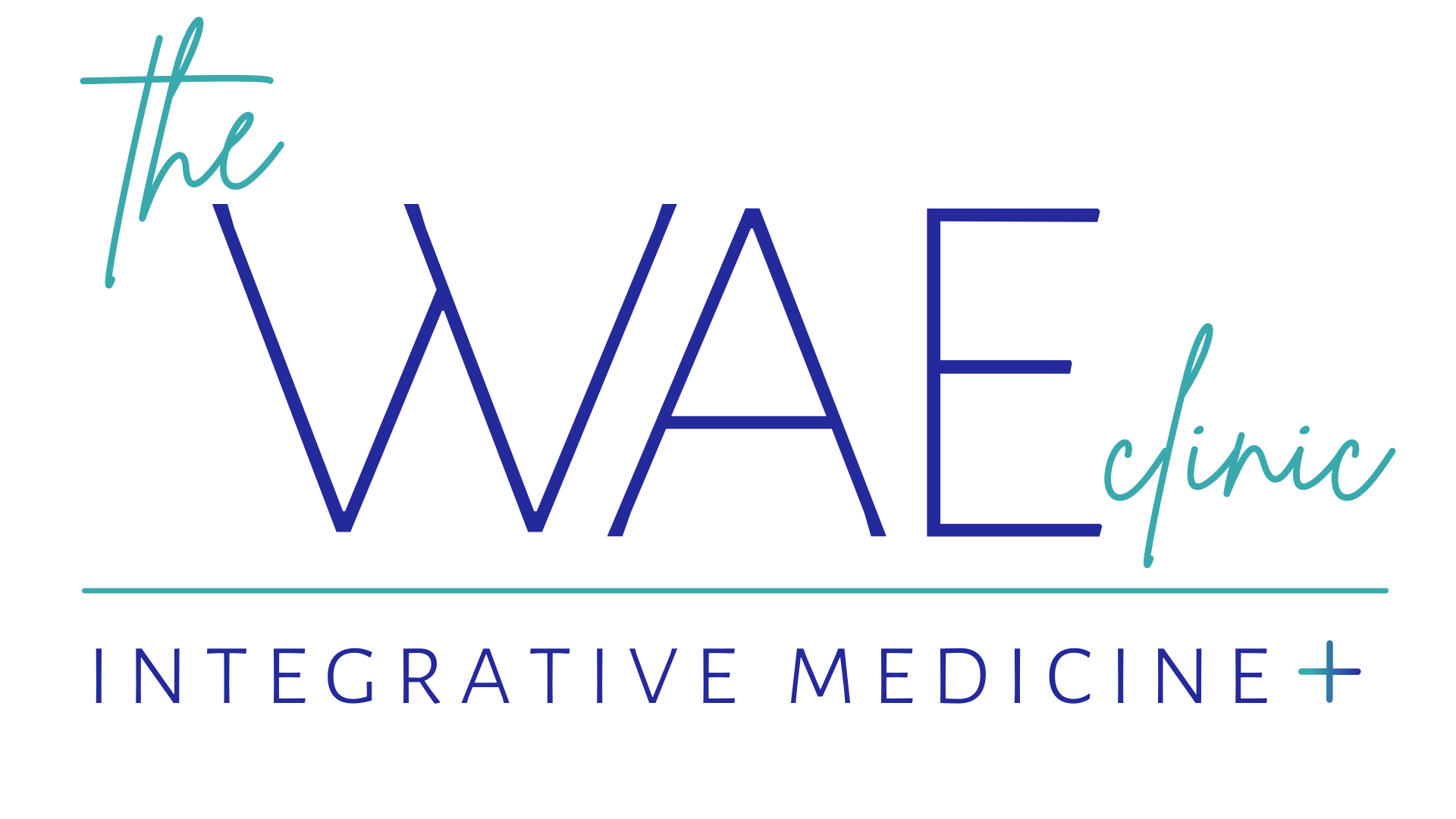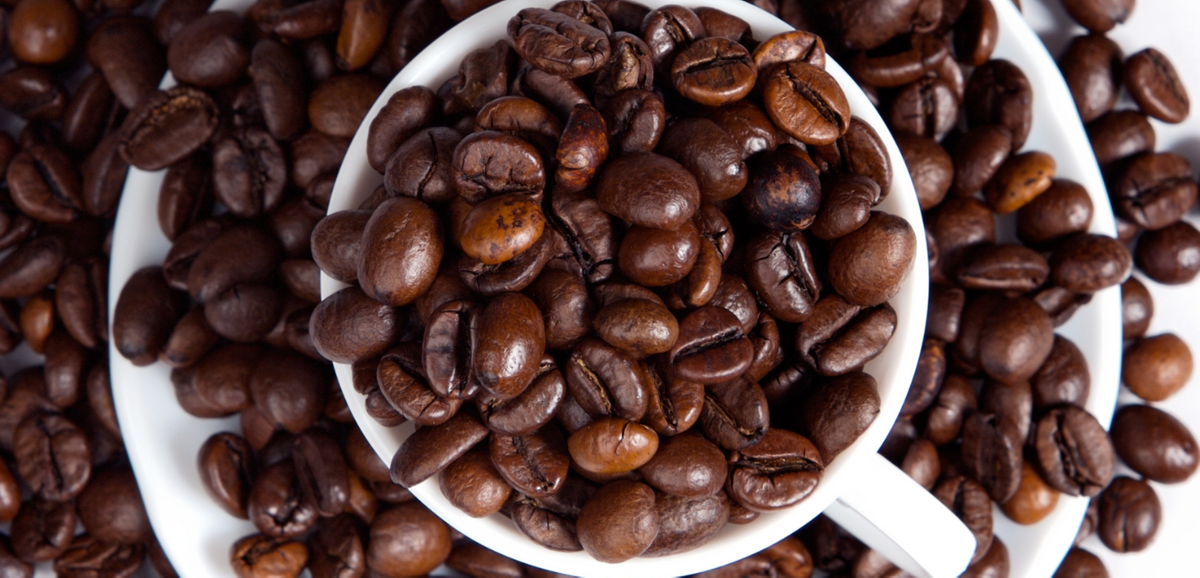Step 1: Assess Current Consumption
• Track Intake: Keep a diary of your alcohol and caffeine consumption for at least a week to understand your current habits.
• Acknowledge Patterns: Note any patterns or triggers for consumption, like social events for alcohol or fatigue for caffeine.
Step 2: Set Realistic Reduction Goals
• Define Targets: Based on your assessment, set clear, achievable goals for reducing alcohol and caffeine intake.
• Gradual Reduction: Plan a gradual reduction to minimize withdrawal symptoms, especially for caffeine.
Step 3: Understand the Impacts
• Educate Yourself: Learn about the health effects of excessive alcohol and caffeine consumption, such as sleep disturbances, anxiety, and long-term health risks.
Step 4: Develop Alternatives
• Find Substitutes: Identify healthier alternatives, such as herbal tea instead of coffee or sparkling water instead of alcoholic beverages.
• Plan for Triggers: Have a strategy for situations where you typically consume alcohol or caffeine.
Step 5: Modify Your Environment
• Home Environment: Remove or limit the presence of alcohol and caffeinated products in your home.
• Social Settings: Choose social activities that don’t center around alcohol. Inform your social circle of your goals to gain support.
Step 6: Implement New Habits
• Start Your Day Differently: Replace your morning coffee with a caffeine-free alternative like herbal tea or a smoothie.
• Mindful Drinking: Be conscious of each drink you have, savoring it slowly to reduce quantity.
Step 7: Manage Withdrawal Symptoms
• Expect Some Discomfort: Be prepared for potential withdrawal symptoms like headaches or irritability when reducing caffeine.
• Healthy Coping Mechanisms: Use techniques such as deep breathing, exercise, or meditation to manage discomfort.
Step 8: Monitor Progress and Adjust
• Regular Check-ins: Periodically review your goals and progress. Adjust your plan as needed.
• Celebrate Milestones: Acknowledge and celebrate milestones of reduced consumption.
Step 9: Seek Support
• Professional Guidance: If needed, seek support from a healthcare provider, especially for alcohol dependence.
• Support Groups: Consider joining support groups for individuals looking to reduce alcohol or caffeine.
Step 10: Maintain Long-Term Awareness
• Ongoing Mindfulness: Remain aware of your consumption patterns even after you've reached your goals.
• Lifestyle Integration: Integrate these changes into your lifestyle for long-term maintenance.
Step 11: Educate and Inform
• Stay Informed: Keep up-to-date with research and information regarding alcohol and caffeine consumption.
• Share Knowledge: Share what you’ve learned with friends and family who may also benefit from reducing alcohol and caffeine.
Conclusion
Limiting alcohol and caffeine intake is a commendable goal with significant health benefits. By setting realistic targets, gradually reducing intake, and finding healthy substitutes, you can successfully manage and reduce your consumption. Remember, it’s about making sustainable changes to improve overall wellness, not about perfection.
*This content has been generated with the assistance of ChatGPT, an AI language model. While every effort has been made to ensure originality and accuracy, the content may inadvertently include or resemble information from other sources. This is not intentional and we encourage users to conduct their own verification if specific details are critical for their purposes. The use of this AI-generated content is for informational purposes only and should not be considered as a substitute for professional advice.

